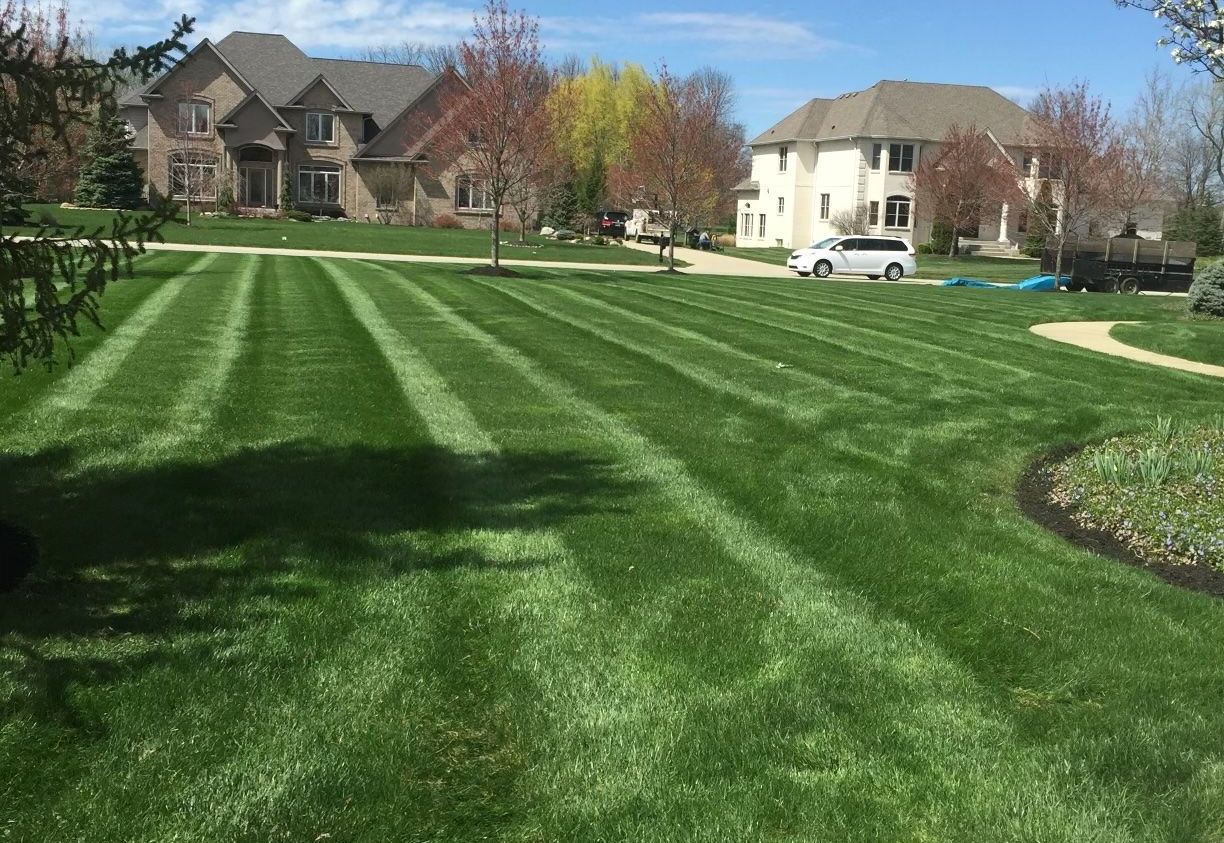The Basics of Lawn Mowing: Frequency, Height, and Techniques
A lush, green lawn is the pride of any homeowner in Wesley Chapel and the surrounding areas. But achieving that perfect turf isn't just about regular mowing – it's about mowing smart. In this post, we'll cover the essentials of lawn mowing to help you maintain a healthy, beautiful lawn year-round.
1. Mowing Frequency:
- The general rule: Never remove more than 1/3 of the grass blade length in a single mowing session.
- For most Florida lawns, this means mowing once a week during the growing season (spring and summer) and every 10-14 days during the cooler months.
- Factors like rainfall, fertilization, and grass type can affect growth rate and mowing frequency.
2. Optimal Mowing Height:
- Different grass types have different ideal heights:
- St. Augustine grass: 3.5-4 inches
- Bahia grass: 3-4 inches
- Zoysia grass: 1-2 inches
- Mowing at the right height promotes deeper root growth, which leads to a more drought-resistant and healthier lawn.
3. Mowing Techniques:
- Alternate your mowing pattern each time to prevent soil compaction and grass leaning.
- Keep your mower blades sharp for clean cuts, which heal faster and are less susceptible to disease.
- Leave grass clippings on the lawn when possible – they return nutrients to the soil.
4. Special Considerations for Florida Lawns:
- During drought periods, raise your mowing height slightly to reduce stress on the grass.
- In shaded areas, mow slightly higher to allow more leaf surface for photosynthesis.
Proper mowing is the foundation of a healthy lawn. By following these guidelines, you'll be well on your way to achieving the lush, green lawn you've always wanted. Remember, if you ever need professional help or advice, Pristine Lawn Care & Landscaping is here to assist you with all your lawn care needs in Wesley Chapel and beyond.
Ready to take your lawn care to the next level? Schedule a free consultation with Pristine Lawn Care & Landscaping today! Call us at
(813) 279-8251
or visit our online client hub to book your appointment!


CONTACT US
Phone:
Need Sod Installation?
PRISTINE LAWN CARE & LANDSCAPING

